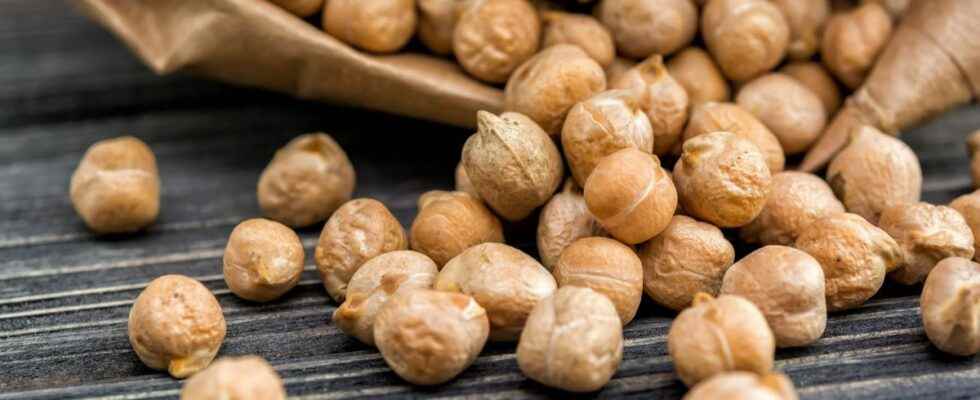Published on
Updated
Reading 2 mins.
In hummus, but also to replace egg whites, or otherwise in flour for a gluten-free diet: chickpeas can be used everywhere. Unfortunately, with the war in Ukraine, supplies are dwindling and prices are set to rise.
After sunflower oil, mustard seeds, coffee or even sriracha sauce, it’s the turn of chickpeas to bear the brunt of a shortage – or in any case of a depletion of stocks. According to the Global Pulse Confederation, which represents the various players in the pulses sector, production should fall by 20% this year. The reason: the war in Ukraine.
We were probably not aware of it, but Russia exports chickpeas, between 200,000 and 250,000 tonnes per year. A market that is logically called into question by the sanctions imposed in response to the conflict in Ukraine. Russia accounts for a quarter of the total chickpea market. At the same time, the war also prevented Ukrainian farmers from planting chickpeas, which would prevent Europe from being supplied with at least 50,000 tonnes.
We could therefore be reassured by counting on American production, but that was without counting on the whims of the sky. Over the past two years, reserves have fallen by 10% due to unfavorable weather conditions for chickpea cultivation, including drought. Farmers thus preferred to plant wheat or maize, which provided them with more income.
As a result, chickpea prices are on the rise. In the United States, jars cost 12% more than in 2021, according to data from the firm NielseniQ. The increase even amounts to 17% if we compare to the period before the pandemic. As a result, chickpea products are more expensive; the prime example being hummus, which sells for 6.9% more than in 2019. In the United Kingdom too, the emblematic recipe of Levantine and Armenian cuisines is suffering from a price increase, 100% order since January, reports the Guardian.
Hummus is far from the only product that uses a large amount of chickpeas in its recipe. There are also falafels, fried dumplings that fuel the culinary culture of the Near East. Here are some examples that show how omnipresent chickpeas are in these Mediterranean cuisines.
